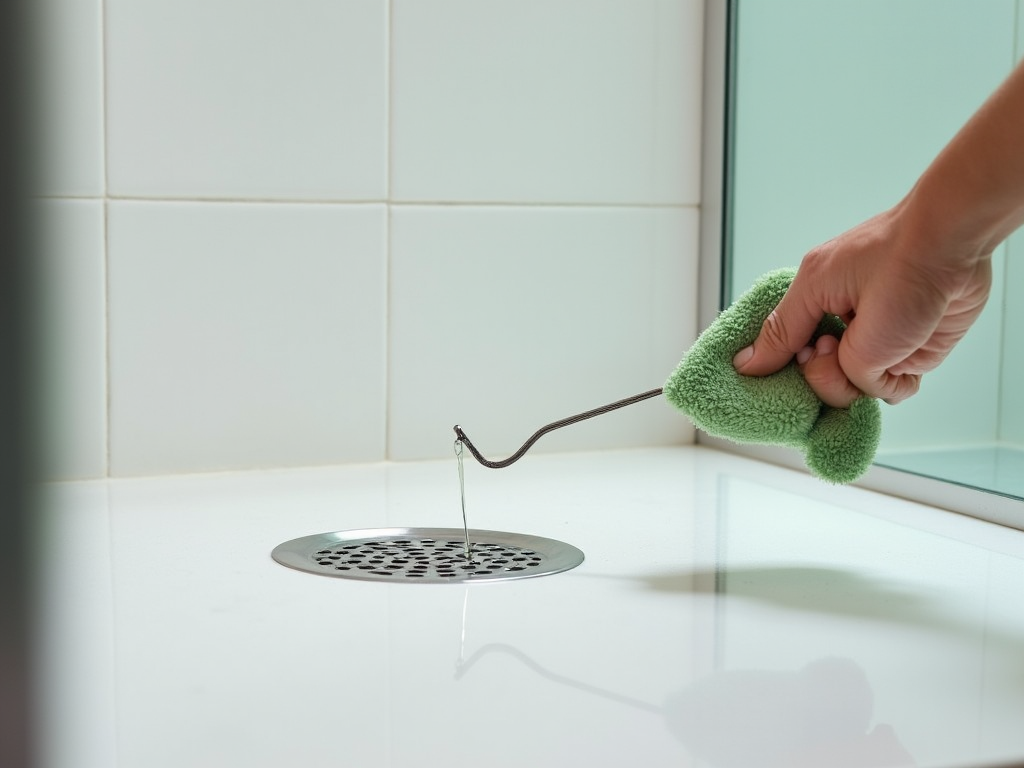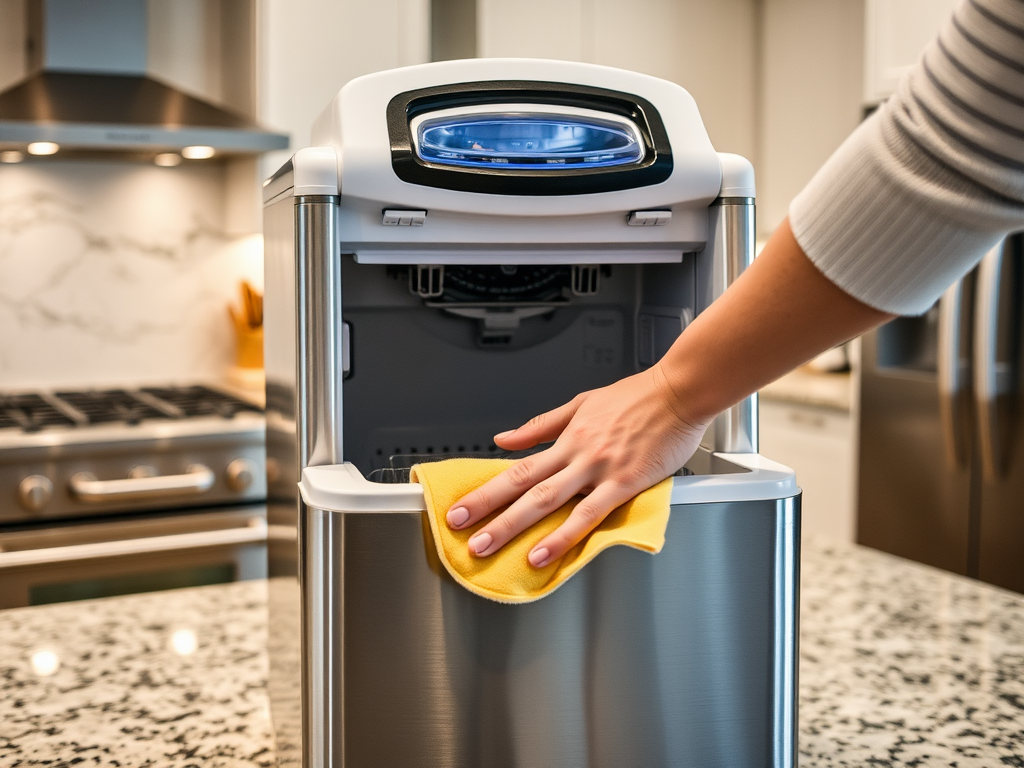Cleaning aluminum may seem daunting at first, but with the right techniques, you can restore its shine and enhance its longevity. This guide will explore various methods and tips for effectively cleaning aluminum surfaces, ensuring they stay pristine and corrosion-free.
Understanding Aluminum Cleaning Basics
Before diving into the specifics of cleaning aluminum, it’s crucial to understand the basics. Aluminum, while durable, can be susceptible to scratching and discoloration if not handled properly. Always use non-abrasive tools and gentle cleaners to prevent damage.
Regular cleaning is essential for maintaining the metallic luster of aluminum. Whether it’s an aluminum pot, window frame, or outdoor furniture, the approach remains largely the same: avoid harsh chemicals, and embrace simplicity.
General Cleaning Techniques
For routine cleaning, warm water and mild dish soap prove sufficient. Follow these steps for best results:
- Mix warm water with a few drops of mild dish soap in a bucket.
- Dip a soft cloth or sponge into the soapy water and wring it out.
- Gently scrub the aluminum surface, focusing on any dirty or stained areas.
- Rinse the surface with clean water to remove any soap residue.
- Dry with a soft cloth to avoid water spots.
This method works well for most aluminum items, including cookware and patio furniture. It ensures you clean effectively without causing any scratches or damage.
Dealing with Oxidation
Oxidation is a common issue with aluminum, manifesting as a dull, chalky layer on the surface. To combat oxidation, you can use a commercial aluminum cleaner or create a homemade solution. Here’s a simple method using household items:
- Combine equal parts of vinegar and water in a spray bottle.
- Spray the mixture onto the oxidized aluminum.
- Allow it to sit for a few minutes to loosen the oxidation.
- Scrub the area gently with a soft-bristled brush or sponge.
- Rinse thoroughly with clean water and dry with a soft cloth.
Using vinegar is a cost-effective way to restore your aluminum’s shine and remove the unattractive oxidation layer.

Polishing Aluminum for a High Gloss Finish
If you want to achieve a high-gloss finish on your aluminum, polishing is the key. Follow these steps:
- Clean the aluminum using the general cleaning technique mentioned earlier.
- Apply a small amount of aluminum polish to a clean, dry cloth.
- Rub the polish onto the aluminum in circular motions, ensuring even coverage.
- Continue polishing until the entire surface gleams.
- Buff the surface with a separate, clean cloth to enhance the shine.
Frequent polishing not only improves the appearance but also adds a protective layer against future grime and oxidation.
Specialized Cleaning Methods
Some aluminum surfaces might require specific cleaning methods. For example, aluminum cookware often develops a tougher grime from food and heat exposure. To clean cookware:
- Fill the pot or pan with water and add a few tablespoons of cream of tartar.
- Bring the water to a boil and let it simmer for about 10 minutes.
- Turn off the heat and allow the mixture to cool before scrubbing with a non-abrasive pad.
- Rinse thoroughly and dry.
- For stubborn stains, repeat the process if necessary.
Using cream of tartar helps to gently loosen built-up residue without damaging the aluminum surface.
Conclusion
Cleaning aluminum doesn’t have to be a challenging task. By using the right techniques and tools, you can preserve the natural beauty of your aluminum items. Remember to avoid abrasive materials, use mild cleaners, and regularly maintain your aluminum surfaces to prevent oxidation and discoloration. With proper care, your aluminum items will remain in excellent condition for years to come.
FAQ
1. Can I use baking soda to clean aluminum?
Yes, baking soda is a safe and effective cleaner for aluminum. Mix it with water to create a paste, apply it to the surface, and gently scrub with a soft cloth or sponge. Rinse thoroughly to avoid any residue.
2. How do I remove water spots from aluminum?
To remove water spots, use a mixture of equal parts vinegar and water. Apply it to the spots and let it sit for a few minutes before wiping clean with a soft cloth.
3. Is it safe to clean aluminum with lemon juice?
Yes, lemon juice is a natural cleaner that works well on aluminum. It’s especially useful for removing oxidation. Apply lemon juice directly to the aluminum, let it sit, and then scrub gently before rinsing.
4. Can I use steel wool to clean aluminum?
No, steel wool is too abrasive and can scratch the aluminum surface. Always use non-abrasive materials like soft cloths, sponges, or brushes.
5. How often should I clean aluminum items to maintain their appearance?
For best results, clean aluminum items regularly – ideally, once a month for frequently used items like cookware or outdoor furniture. For decorative items, a quarterly cleaning may be sufficient.



